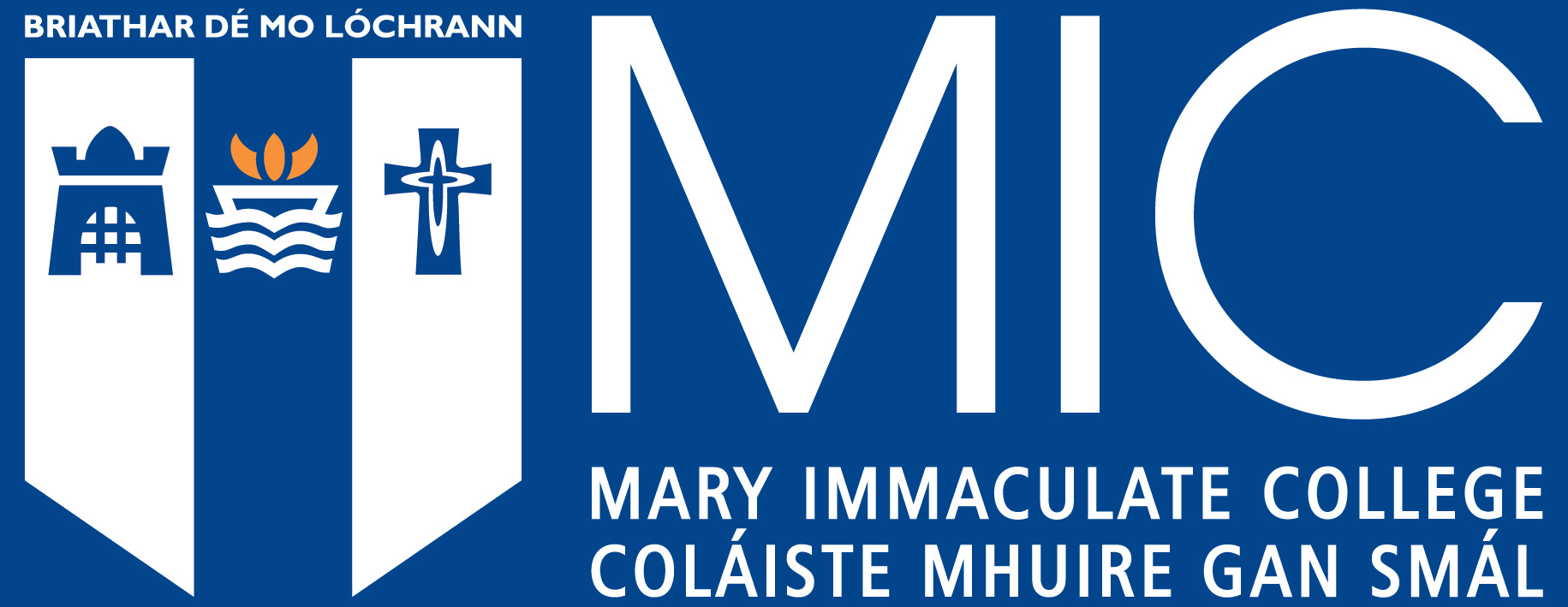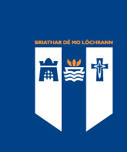Contrasting pelagic plankton in temperate Irish lakes: the relative contribution of heterotrophic, mixotrophic and autotrophic components, and the effects of extreme rainfall events (Pre-published version)
Citation
Sparber, K., Dalton, C., de Eyto, E., Jennings, E., Lenihan, D. & Cassina, F. (2015) ‘Contrasting pelagic plankton in temperate Irish lakes: the relative contribution of hetero-, mixo- and autotrophic components, and the effects of extreme rainfall events’, Inland Waters, 5(3), 295-310, available: https://www.tandfonline.com/doi/abs/10.5268/IW-5.3.828.
Date
2015Author
Dalton, Catherine
Sparber, Karin
de Eyto, Elvira
Jennings, Eleanor
Lenihan, David
Cassina, Fillipo
Peer Reviewed
YesMetadata
Show full item record
Sparber, K., Dalton, C., de Eyto, E., Jennings, E., Lenihan, D. & Cassina, F. (2015) ‘Contrasting pelagic plankton in temperate Irish lakes: the relative contribution of hetero-, mixo- and autotrophic components, and the effects of extreme rainfall events’, Inland Waters, 5(3), 295-310, available: https://www.tandfonline.com/doi/abs/10.5268/IW-5.3.828.
Abstract
The mobilisation of energy from allocthonous carbon by heterotrophic bacterioplankton can be proportionally more important than autotrophic production in humic lakes. Moreover, increasing levels of dissolved organic carbon (DOC) in many aquatic systems linked to increases in precipitation, which in turn may be related to changing climate, means that this heterotrophic component of the foodweb may play an increasing role in the overall transfer and production of energy, particularly within peatland catchments. While such catchments are very common in the temperate northwest Atlantic regions of Europe, studies describing the seasonal dynamics of the heterotrophic, mixotrophic and autotrophic components of their aquatic foodwebs are rare. In this study, the biomass of these pelagic components was enumerated over one year in two oligotrophic lakes, both situated in peatland catchments in the west of Ireland, but with contrasting DOC concentrations. Bacterial biomass dominated the pelagic foodweb of the more humic lake, Lough Feeagh, while autotrophic phytoplankton biomass was greatest in the clearwater lake, Lough Guitane. The biomass of potentially mixotrophic flagellates was also slightly larger in the Lough Guitane, while phagotrophic ciliate biomass was comparable between the two lakes. An extreme precipitation event led to a significant increase in bacterial biomass, while simultaneously depressing autotrophic production for several months in the humic lake. Extreme precipitation in the clearwater lake also depressed autotrophic production, but did not give rise to significant increases in bacterial biomass. This quantification of autotrophic, mixotrophic and heterotrophic components provides vital a first step in understanding how pelagic communities contribute to net ecosystem productivity, and thus how Irish peatland lakes may be affected by projected climate changes.
Keywords
Pelagic planktonAutotrophic
Heterotrophic
Mixotrophic
Humic and clearwater lakes
Extreme precipitation


